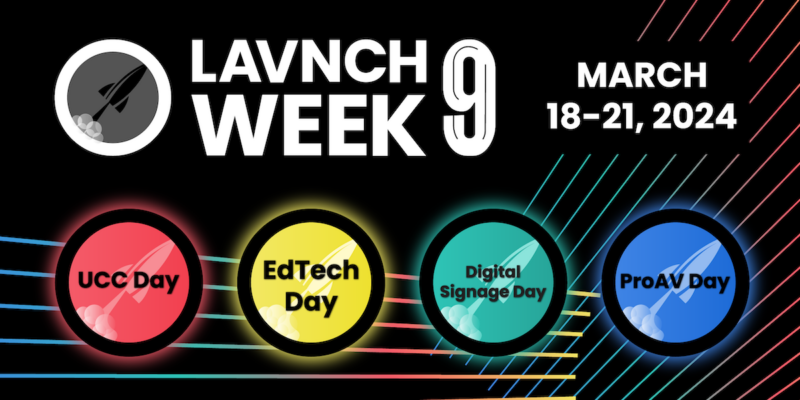The Entire Digital Signage Market Could be Pummeled by the Stupidity of San Francisco

The city of San Francisco, via its board of supervisors voted yesterday to ban using facial-recognition technology. The actual ordinance deals specifically with city governmental organizations and divisions, but it will have long-lasting ramifications that could easily (and quickly) ben emulated all over the country.
Designed to protect the average-guy/gal member of the community from over-zealous public sector organizations using facial recognition technology to be able to identify who you are — if you’re doing something wrong, the proposed rule would actually not allow the use of facial-recognition tech by any of the city’s 53 departments and that even includes the police department. I guess we certainly won’t be seeing A&E’s popular TV show Live PD there anytime soon, either.
I could argue the stupidity of this for days but, the trickle-down effect of this, ironically, anti-tech city Board of Supervisors will, no doubt, hit the digital signage market. And, that’s unfortunate. The signage market is poised to become the future of advertising — in a big way. As you may know, I not only teach advertising at the University of North Carolina but my creative agency, with the leadership of Sara Abrons, just published the digital signage industry’s first (and only) Comprehensive DOOH Best Practices guide along with five digital signage or DOOH industry groups, including IAB (Interactive Advertising Bureau). This is the precursor to having an impression metric for digital signage in the advertising industry. So what? Well, the advertising industry spends over 60 percent of its current worldwide budget on TV advertising — and we all know that we’re close to the time where no one is watching TV ads any more. So, the advertising industry will take that hundreds of billions (yes, billions) of dollars and be shifting it to DOOH (Digital Out of Home) type of outlets and that include digital signage, along with banner advertising, social media marketing and app-based advertising, to name just a few.
Signage, specifically digital signage, is on the verge of explosive growth due to the aforementioned shift in ad spending and its interactive and, potentially, personal advertising capabilities. For example, using a camera, we can see if you’re a guy or a girl and deliver gender-specific ads. Or, we can see if you’re a teenager versus a 60-year-old and deliver something age-appropriate. And, no, these cameras don’t store your info in a national database that identifies who you are specifically. They are designed to identify things like gender, height, age and they also have the ability to track your eye-movements to see if you glanced at the ad or actually read it. All-in-all, this will help the ad industry identify the right impression metric to change for digital signage. And, as a byproduct, we, the industry that supplies and integrates all this signage, benefit from a growth curve that’ll cross the chasm between early adopters to early majority.
The real issue for the city of San Francisco is personal rights and the concern that a government entity will take advantage of who you are and illegally track you. And, that’s reasonable — especially if there’s a documented case of this occurring. And, there’s a tough balance to maintain between ensuring safety and security versus the right to be anonymous. But, it’s an unfortunate case that a casualty might be the, potentially, $250 billion digital signage market in 2027.




